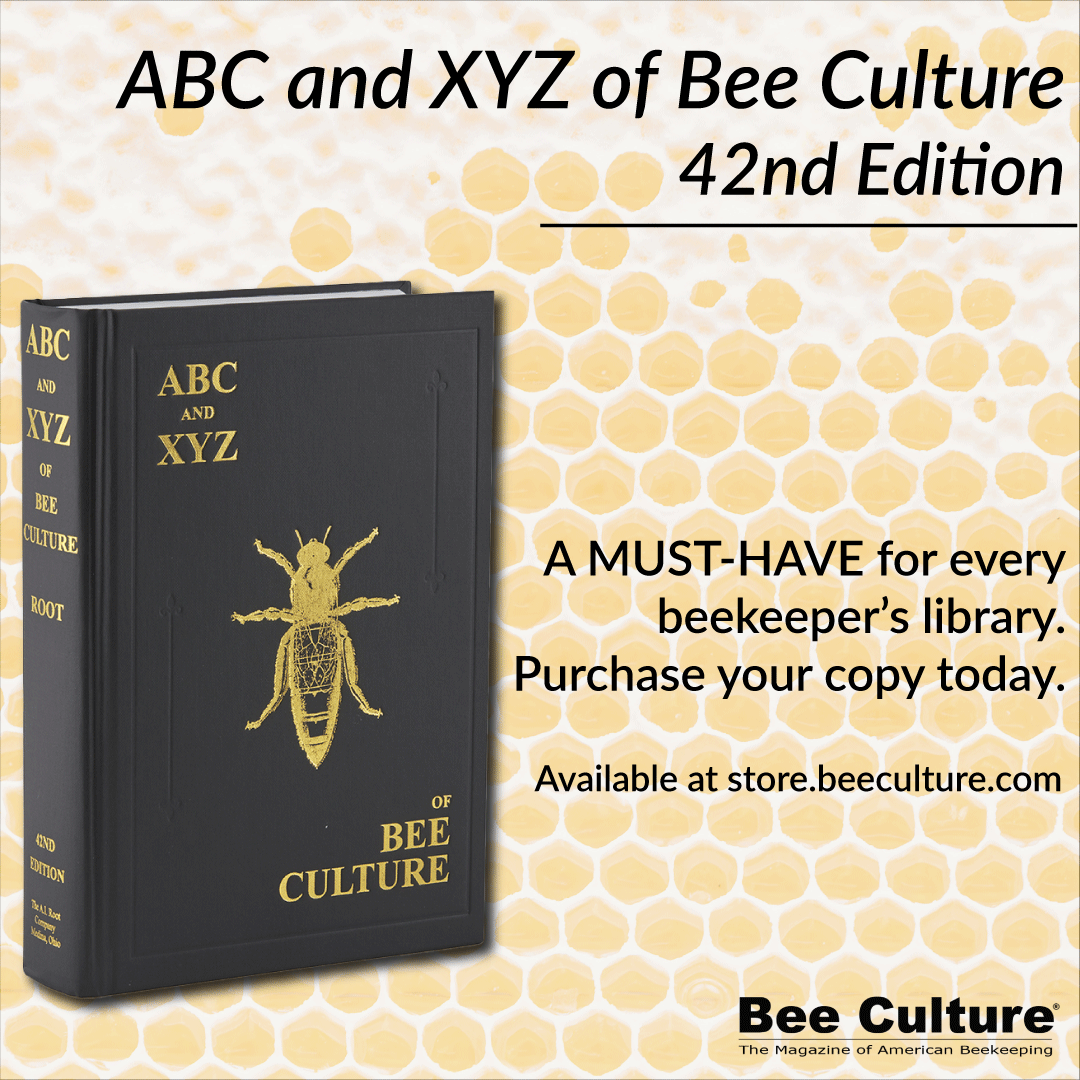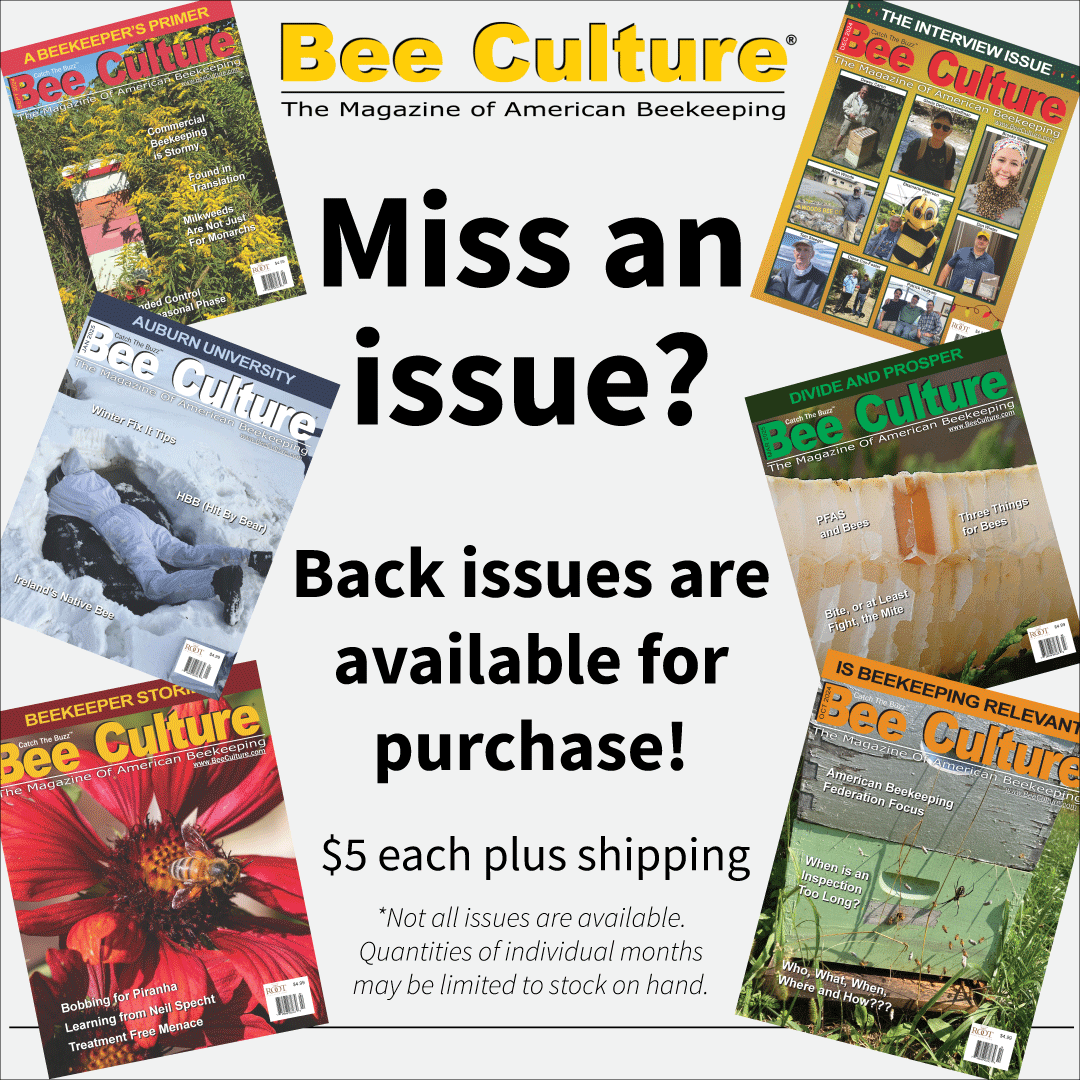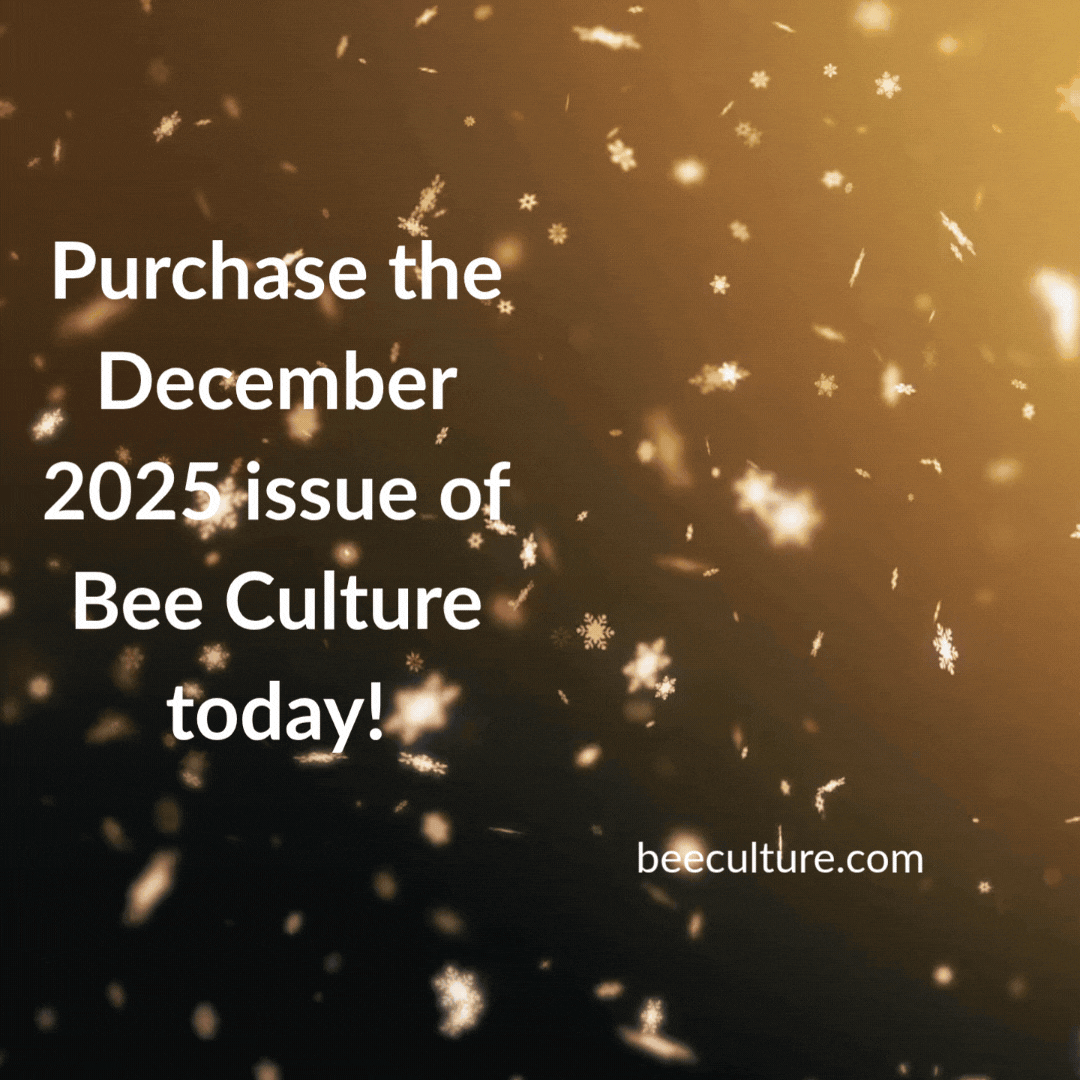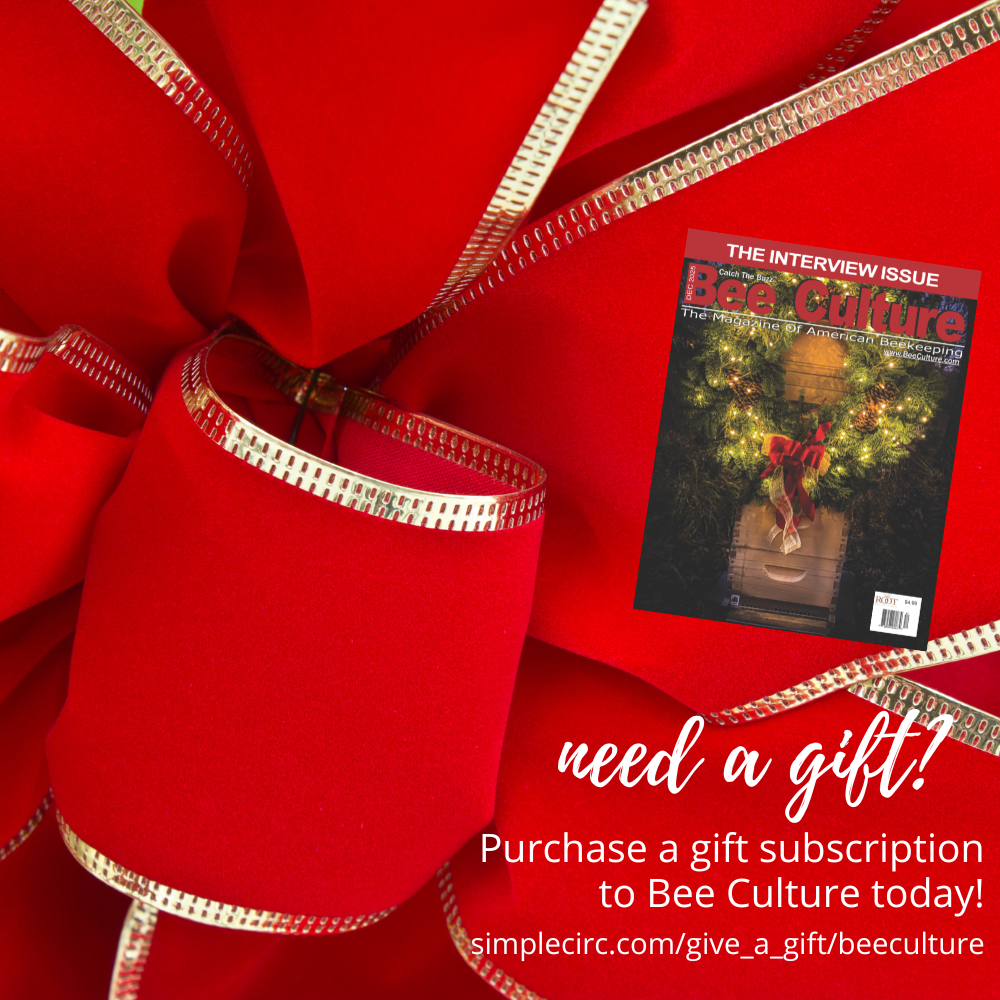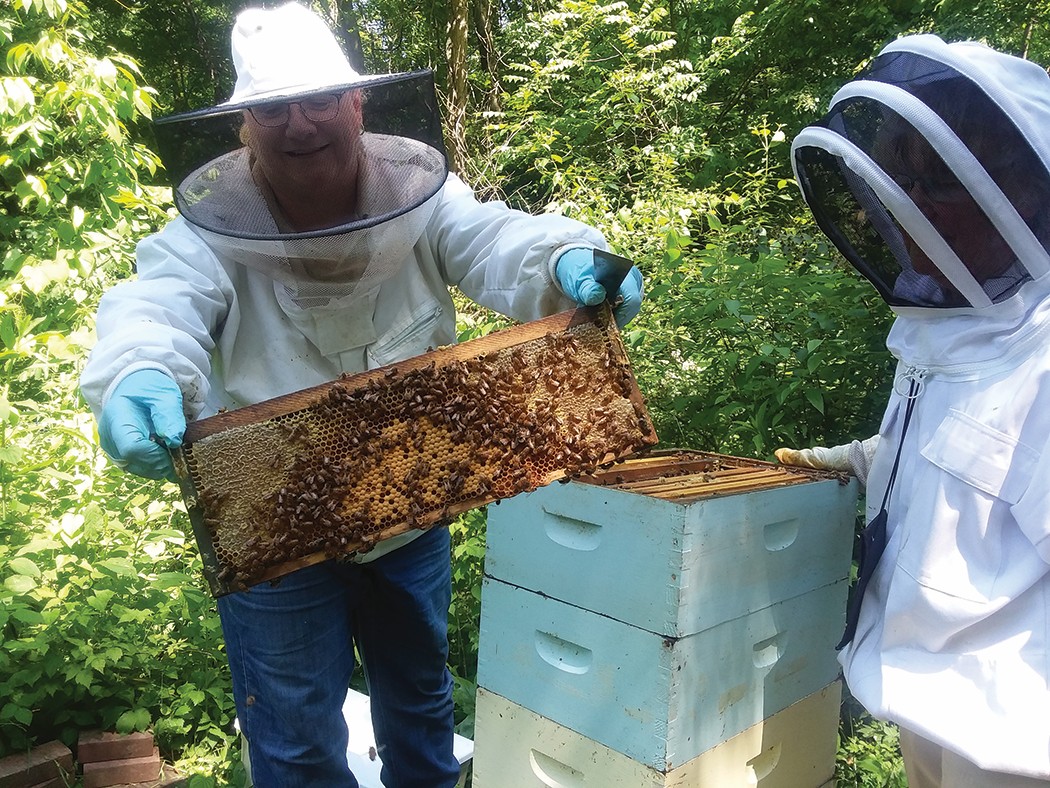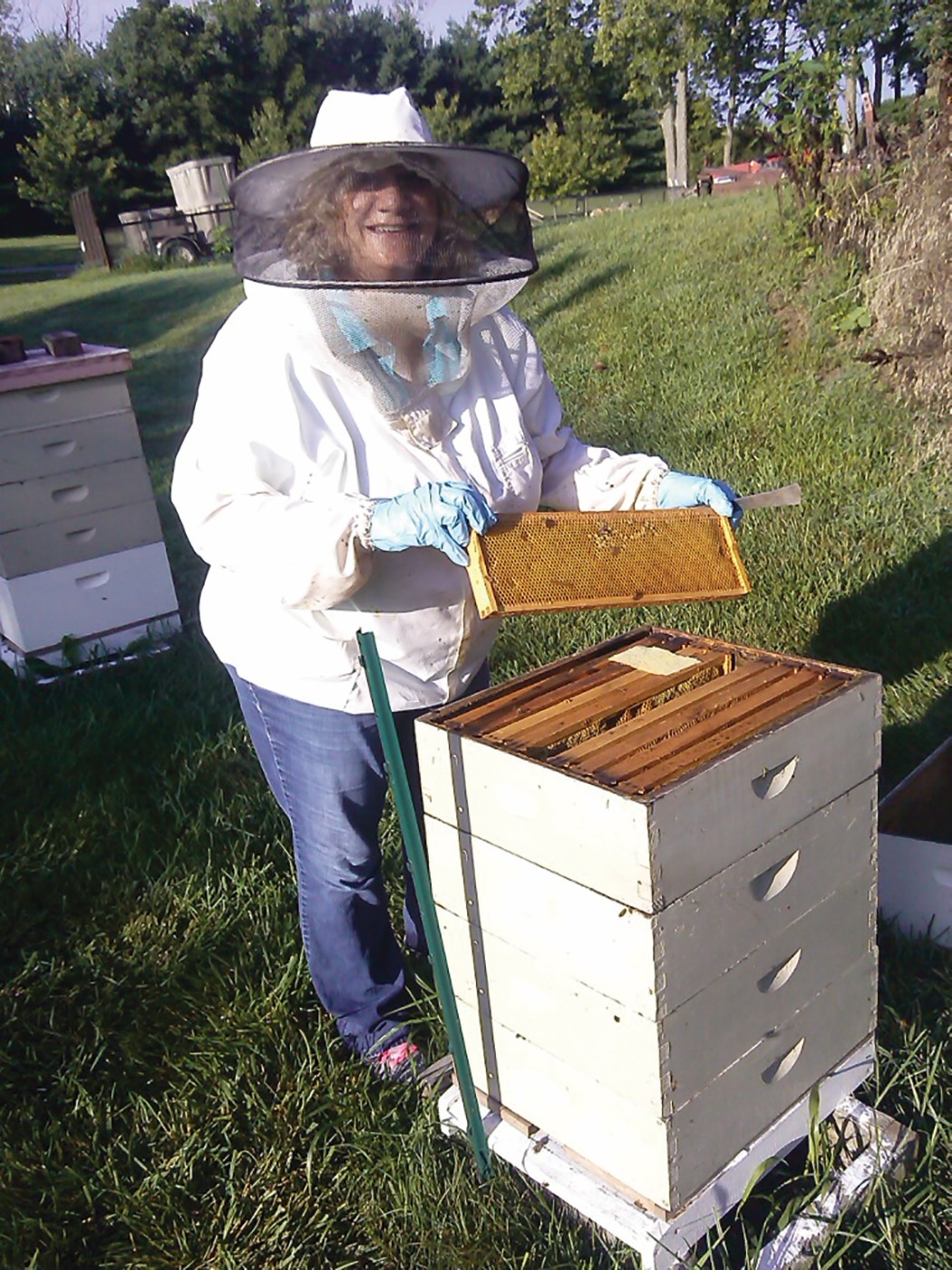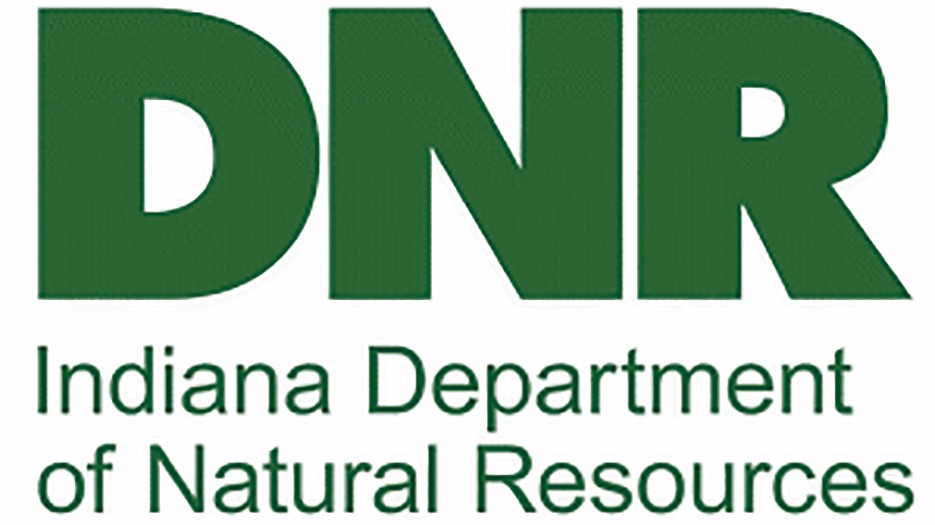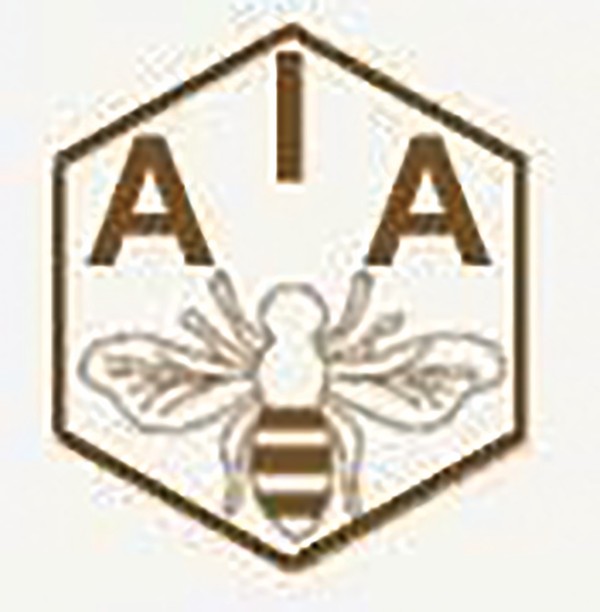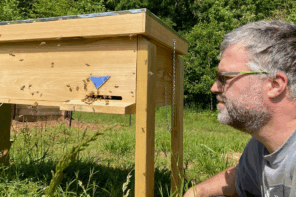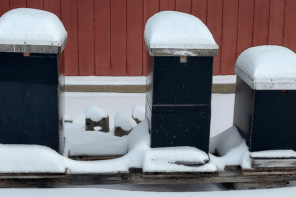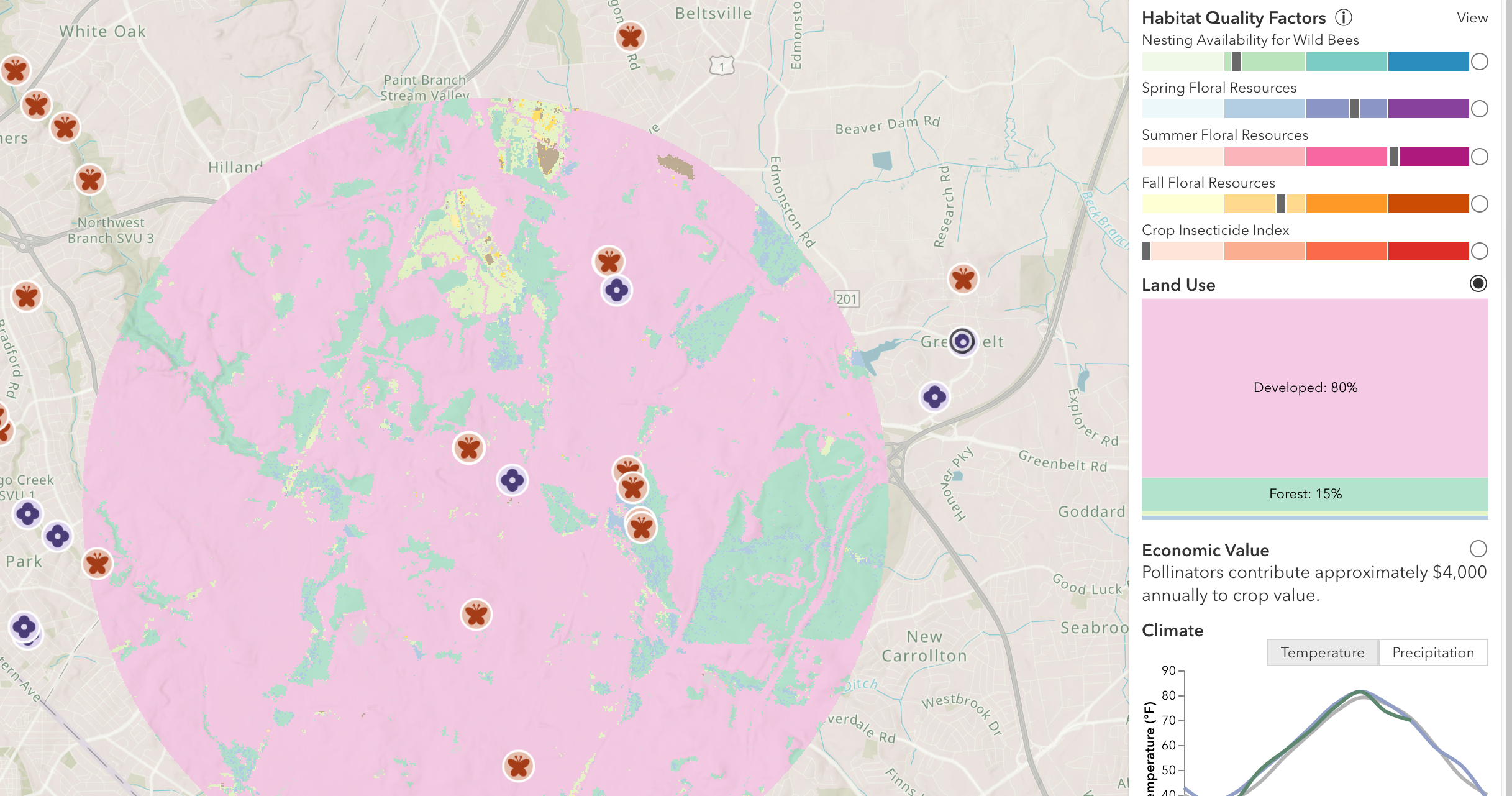Kathleen Prough
There is one inspector for the entire state and apiary registration is not mandatory. There are approximately eight commercial beekeepers and 6,000 sideline/hobby beekeepers. Most beekeepers are found in northern Indiana but recently there has been an increase in beekeeper numbers in the central and southern portion of the state. Indiana is up to 28 local clubs. The state apiary inspector gives presentations at club meetings on pest and disease, hive production, and seasonal management. She also often speaks at the Beekeepers of Indiana meetings. The apiary program inspects some commercial beekeepers for movement out of the state, but most inspections are small scale beekeepers with less than 20 hives. There is no charge for an apiary inspection. Packaged bees, queens, nucs and bee hives are required to be inspected in the state of origin and fill out paperwork to receive a permit to enter the state.
Several crops in Indiana require pollination services, including melons grown in the southwestern part of the state, high bush blueberries and pickles in the northern part of the state, and fruit trees and squash throughout the state.
Honey crops are black locust and basswood in the Spring. Peppermint and spearmint fields in northern Indiana during the Summer. Clover and wildflowers throughout the state. The main nectar flow is May through June. Dearth period in July. August and September may be able to get some aster and goldenrod honey. This can be spotty depending on how much rain we get. The average is 60 to 80 pounds of honey per hive.


